Transcript:
[0m:4s] Hi I'm Josh Bloom, welcome to another video in the RSP Supply education series. If you find that these videos are helpful to you, it certainly helps us out if you could give us a big thumbs up and subscribe to our channel.
[0m:16s] In today's video, we are going to be talking more about serial communication.
[0m:22s] If you have not already seen some of our other videos in which we discuss the basics of serial communication and some of the other types of serial communication standards we will link those videos in the description below.
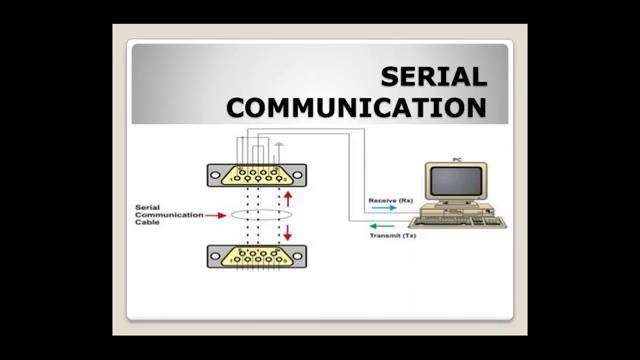
[0m:36s] For the purpose of this video, we want to talk about another very common communication standard that has been around for some time and is still widely used today.
[0m:48s] I am talking about the RS 485 standard.
[0m:52s] If you remember in one of our previous videos, we discuss the basics of RS 232 and some of its defining characteristics and use cases.
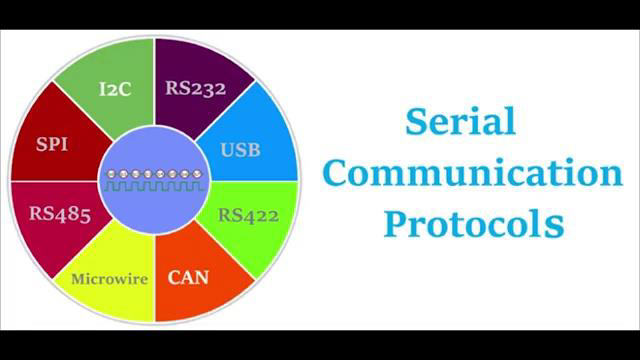
[1m:3s] RS 485 was developed as a replacement or upgrade to the RS 232 standard as well as RS 422,
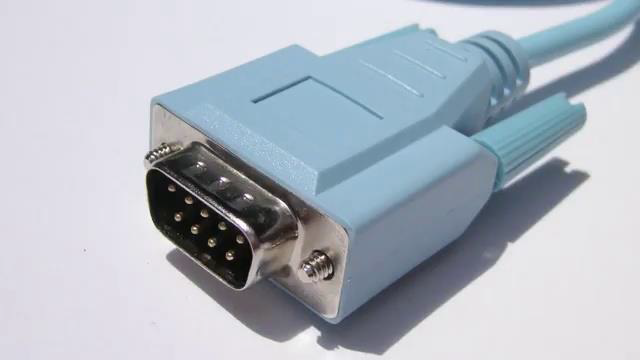
[1m:11s] and while the RS 232 can still be found today, it is the RS 485 standard that is still very common and used widely in many different applications, ranging from industrial communication to business and home device connections.
[1m:28s] By the end of this video, we hope you have gained a better understanding of what makes RS 485 a superior serial communication standard and then what types of situations you might commonly find it being used in. RS 485, also known as TIA 485 or EIA 485,
[1m:50s] is a standard that defines the electrical characteristics
[1m:54s] of drivers and receivers for use in serial communications.
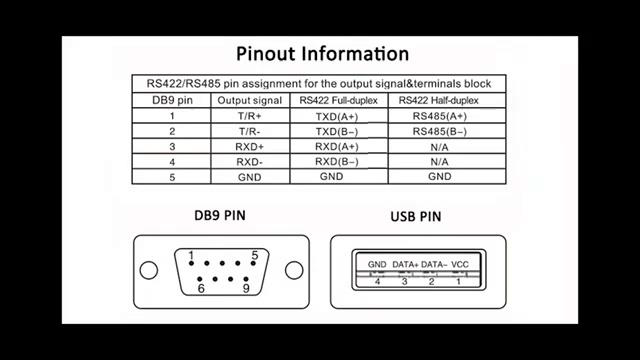
[1m:59s] As opposed to some of its earlier counterparts RS 485 can be used to support many devices on relatively inexpensive local networks.
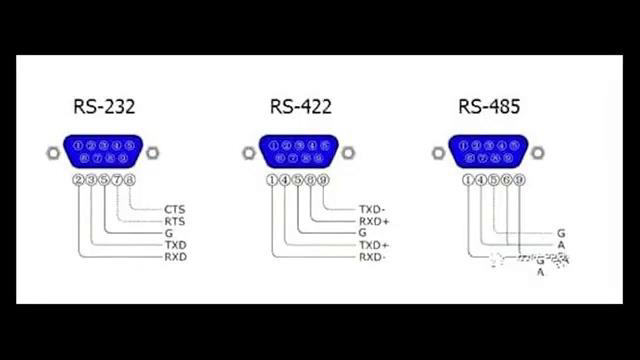
[2m:11s] It is common to see RS 485 used in a multi drop communication link,
[2m:17s] meaning all components or devices are connected together through the same circuit.
[2m:23s] In an RS 485 circuit, devices send and receive information to any device on that particular serial network. It is common to see a master slave arrangement where the master device initiates the communications while slave devices wait for specific data requests and respond to the master when necessary.
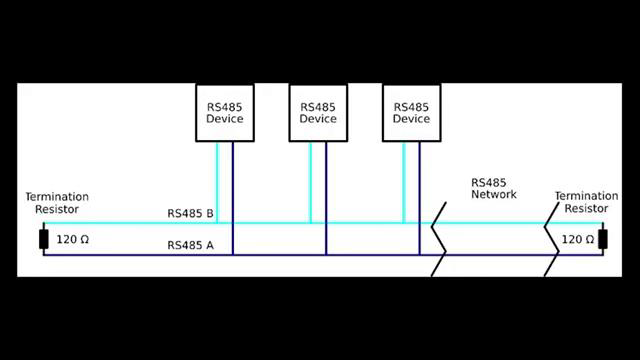

[2m:45s] It is also common to see RS 485 networks utilize a linear bus topology
[2m:52s] where all devices are connected to one common link using just two wires.
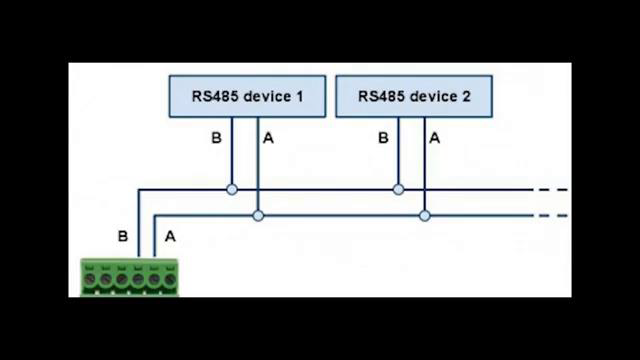
[2m:58s] It is possible to arrange these networks with different structures, such as star or ring configurations, but these are not recommended.
[3m:7s] It is also common to use terminating resistors at both ends of the network line.
[3m:14s] Without these resistors installed, it is possible to see some data corruption as well as increased signal noise.
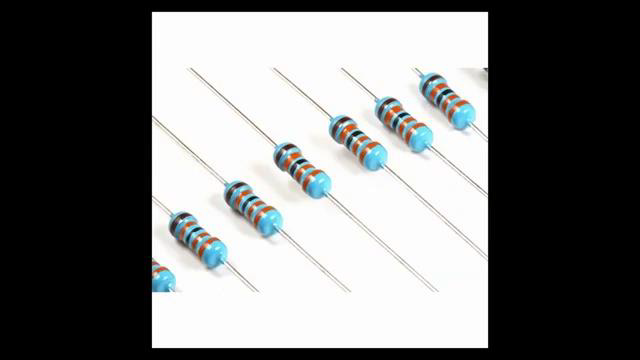
[3m:22s] The most common resistors that are used for these types of terminations are 120 Ohm resistors for twisted pair wire. It is important to remember RS 485 only specifies electrical characteristics of the generator and receiver, so just the physical layer only. Now let's look at some advantages to using this standard versus some other serial communication options.
[3m:48s] As opposed to older standards like RS 232 where only two devices can typically communicate, RS 485 networks can have many devices over much longer ranges and higher speeds.
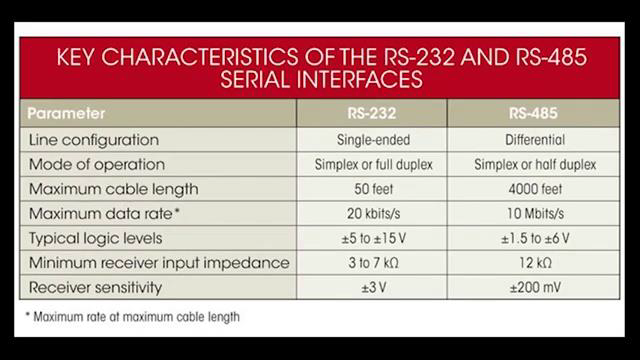
[4m:3s] For example:
[4m:5s] the maximum distance an RS 232 network can communicate is around 50 feet,
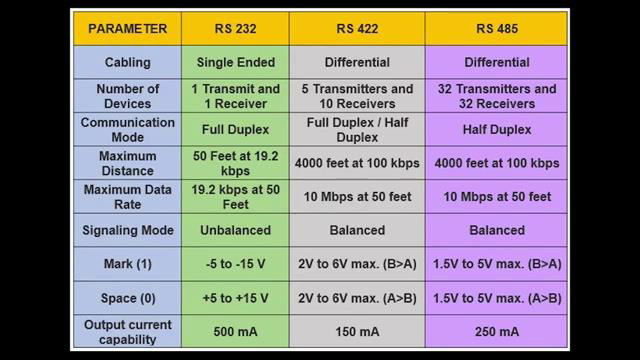
[4m:11s] while an RS 485 network can communicate at a distance of up to 4,000 feet under the correct circumstances.
[4m:19s] In regards to speed RS 485 is much faster, with speed ranging anywhere from 100 kilobits all the way up to 10 megabits, whereas RS 232 maxes out at about 20 kilobits. The RS 485 standard is commonly used in a wide variety of automation systems, industrial control networks, and many other applications.
[4m:43s] While Ethernet based networks are becoming the norm in recent years,
[4m:48s] the RS 485 standard is still widely used and has become a very reliable and consistent standard that will remain in place for many years to come.
[4m:59s] For a full line of industrial communication hardware and thousands of other products, please go to our website. For more information or other educational videos, go to RSPSupply.com, the Internet's top source for industrial hardware. Also, don't forget: like and subscribe.




